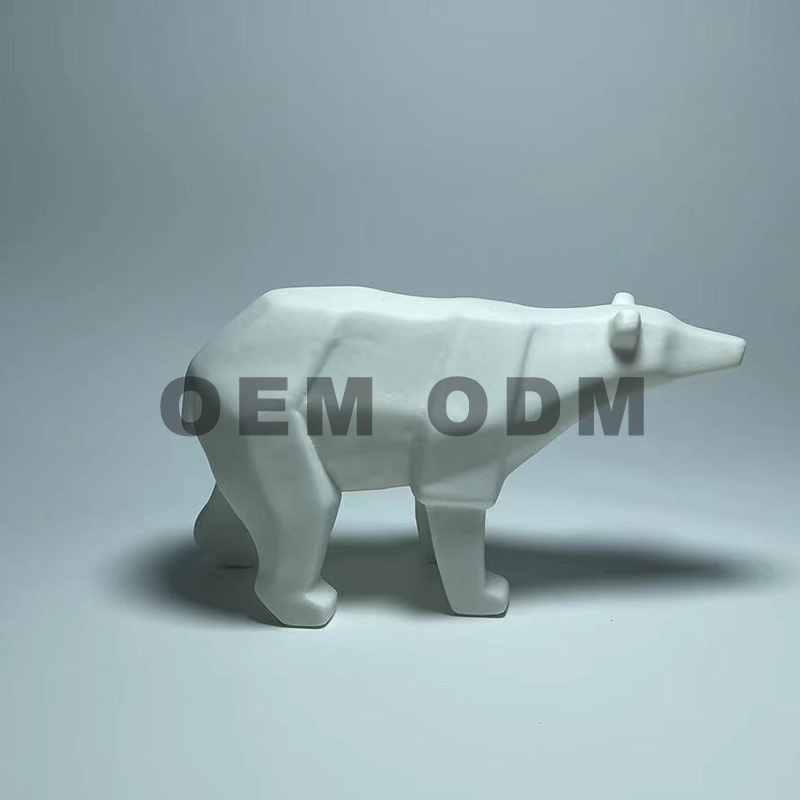DIY White Porcelain
2023-10-18
The Dehua ceramics industry initially began with firing daily utensils, but later, due to the remarkable achievements of porcelain sculpture art, utensil products attracted less attention. Ceramic products have been mass-produced in Dehua for domestic and foreign sales and have gradually formed their own modeling and decoration systems since the Ming Dynasty, becoming an important part of traditional Chinese ceramics. Dehua ceramic ware products are classified from the functional aspect, which can be roughly divided into daily life utensils, including plates, bowls, cups, saucers, pots, stationery, lamps and candlesticks; Furnishings and offerings include bottles, zuns, yao and ding, stoves, beans, etc. These two types of utensils have simple and strict shapes and strong traditional meanings. The shape of daily life utensils mostly follows the traditional form to evolve or simulate the natural form to integrate. The designer considers the need to adapt to the characteristics of ceramic materials and technology, forming a formal language that meets its attributes and characteristics. The shape and decoration of Dehua ceramics are clearly influenced by Shang, Zhou bronzes, and jade, and at the same time, they have the meaning of the Xuande furnace in the Ming Dynasty, especially the shape and decoration of the furnace. Dehua Ceramics' excellent traditional modeling—barrel-shaped double-bow pot, lion's head barrel-shaped bottle, elephant ear string pattern, rhino horn cup, etc.—are all unique styles rarely seen in other production areas.
There are two production methods for DIY White porcelain: one is to use high-quality kaolin to directly shape and mold, and the other is to remake the mold and then inject or rub the mold. Dehua DIY White Porcelain is generally glazed according to needs after the adobe is dried and then put into a kiln to fire the finished product at a high temperature of more than 1,000 degrees Celsius.



